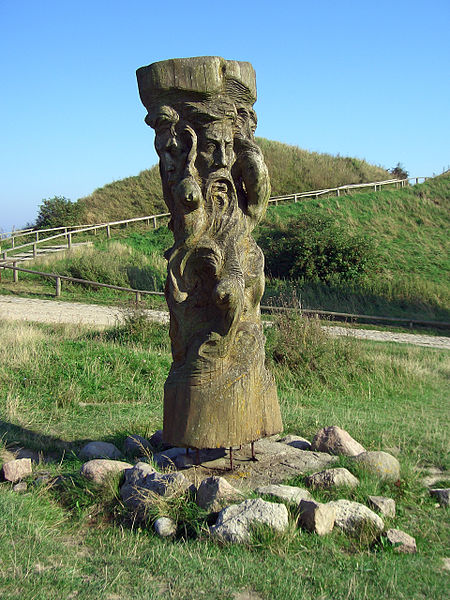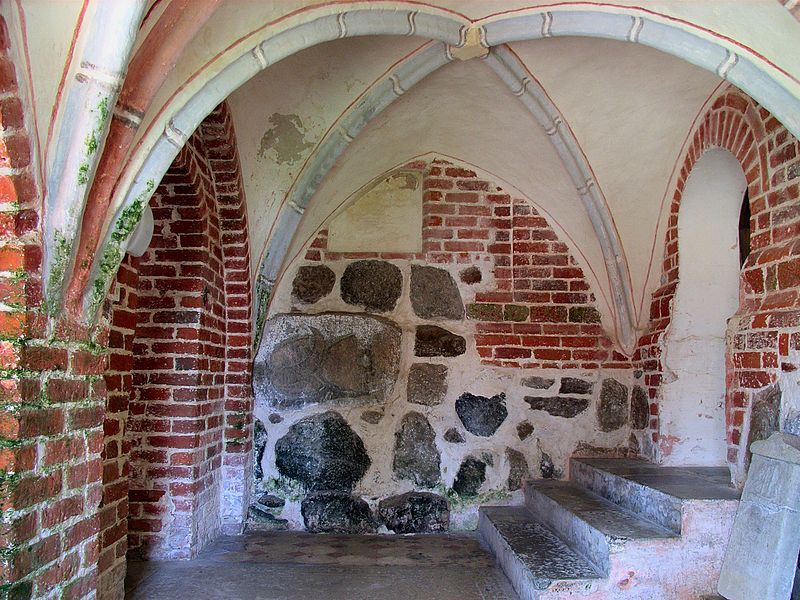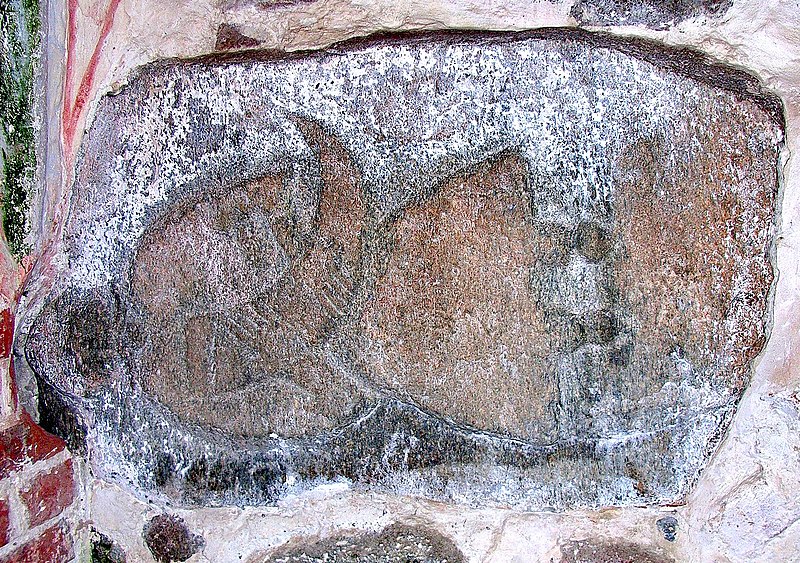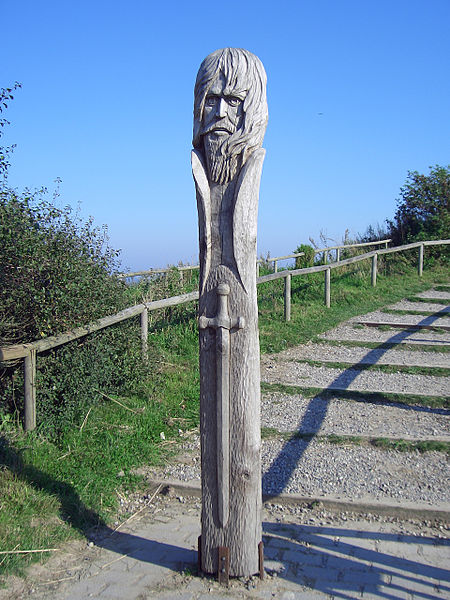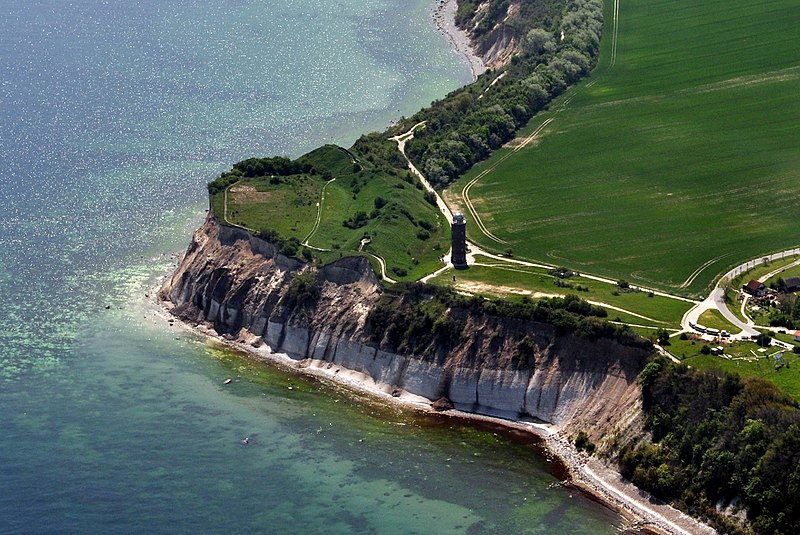Jaromarsburg, Putgarten
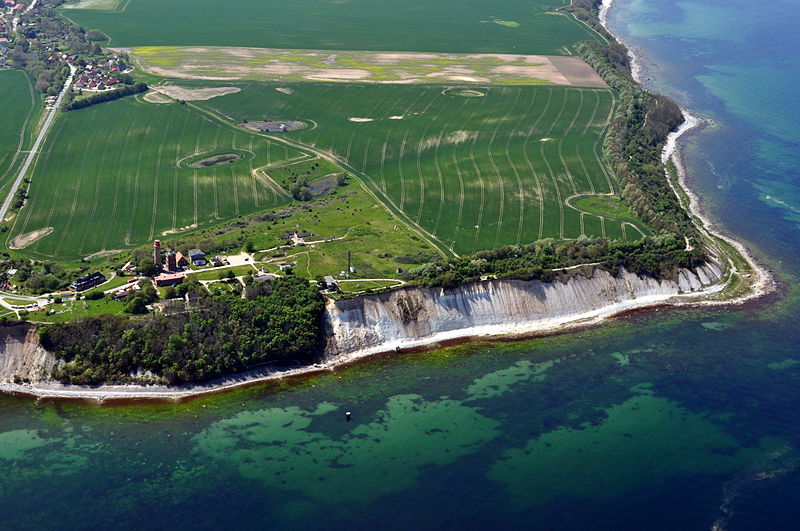
Facts and practical information
Nestled in the northernmost part of Germany, on the scenic cape of Arkona on the island of Rügen, lies the historical landmark of Jaromarsburg. This ancient site, located in the quaint city of Putgarten, is a testament to the region's rich and diverse past, drawing in visitors who are keen to explore the cultural heritage of the area.
Jaromarsburg holds the remnants of a Slavic castle and temple, which once served as an important spiritual center for the Rani tribe during the early Middle Ages. The fortress, named after the Slavic god Jaromar, is perched atop the steep chalk cliffs of Cape Arkona, offering breathtaking views of the Baltic Sea. The strategic location of Jaromarsburg made it a formidable stronghold that was difficult for invaders to conquer.
Today, the site is mostly in ruins, but its historical significance cannot be overstated. Archaeological excavations have revealed artifacts and structures that provide insight into the lives of the Slavic people who once inhabited this area. Visitors can walk through the grounds and imagine the grandeur of the castle that stood here over a millennium ago.
One of the highlights for tourists is the opportunity to witness the contrast between the serene natural beauty of the cape and the imposing historical narrative of the site. While much of the original structure has been lost to time, informational plaques and guided tours are available to help visitors understand the context and importance of Jaromarsburg.
The landmark is easily accessible by car or bicycle, and there are parking facilities and a visitor center nearby. For those looking to extend their visit, the surrounding region of Putgarten offers charming accommodations and local cuisine that is sure to please any traveler.
Putgarten
Jaromarsburg – popular in the area (distance from the attraction)
Nearby attractions include: Cape Arkona Lighthouses, Cape Arkona Lighthouses, Cape Arkona Lighthouses, Siebenschneiderstein.


